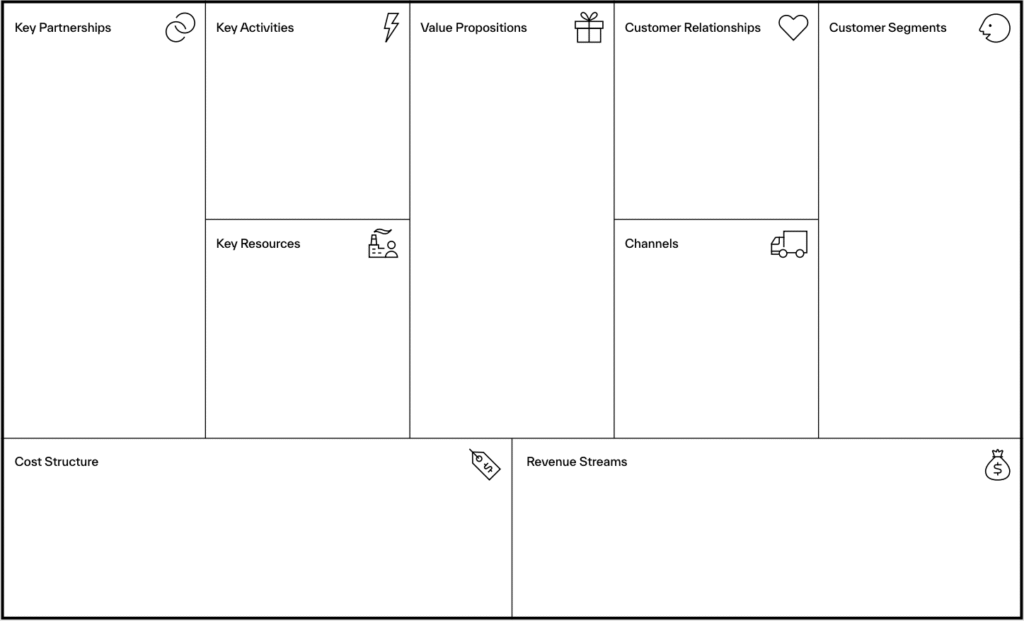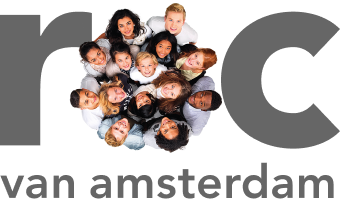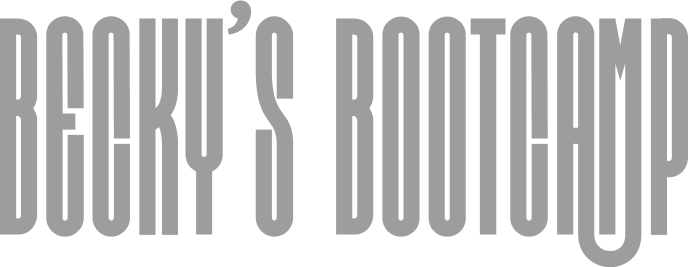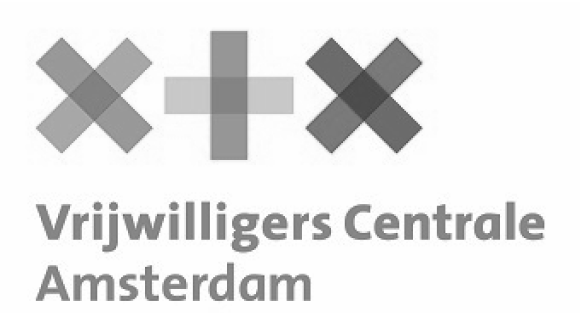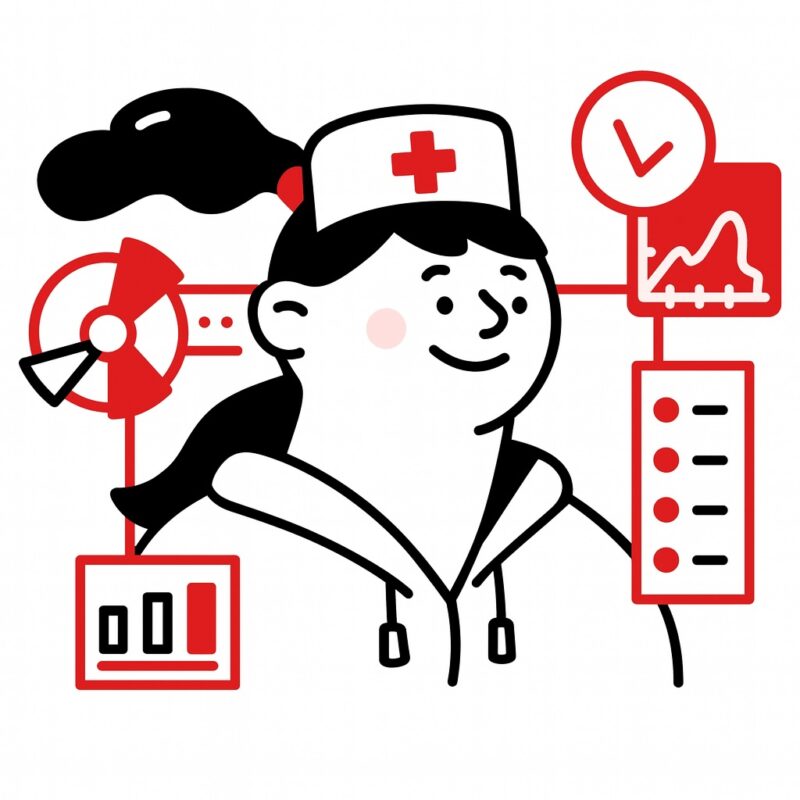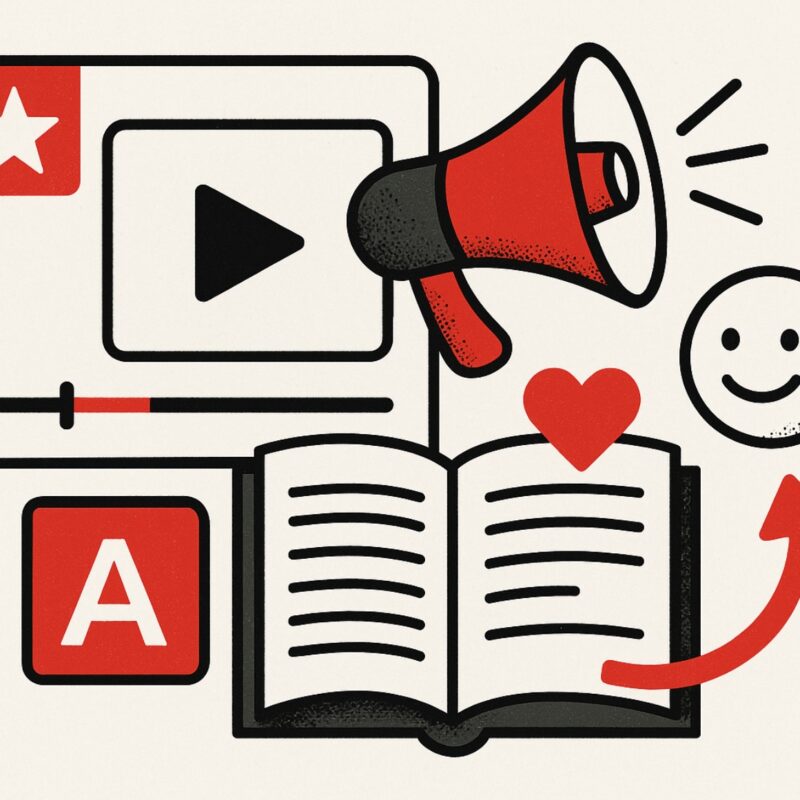Business Model Canvas: one overview for a strong business strategy
About Business Model Canvas
The Business Model Canvas is a powerful strategic tool that allows you to see at a glance how your organization creates, delivers and retains value. A business model describes the way an organization creates and retains this value. The canvas gives structure to your business model and makes clear which parts work well and where there are opportunities for optimization.
The Business Model Canvas consists of several building blocks that together provide insight into the business model. At OMA, we use the Business Model Canvas to help brands sharpen their proposition, define growth strategies and inform investment decisions.
This section offers a business model canvas explanation.
Description of the nine building blocks of the Business Model Canvas
The Business Model Canvas, developed by Alexander Osterwalder, is composed of nine building blocks that make up the foundation of your business model. It provides a visual overview that helps to quickly analyze and make strategic choices. At OMA, we use the canvas both for new concepts and for screening and optimizing existing business models.
The 9 building blocks of the Business Model Canvas:
- Customer segments – This building block describes who the specific customers are, what their different needs are and who the most important customers are. Define your target groups and prioritize your key customer groups.
- Value proposition – The value proposition or value proposition is the core of the business model and is central to the Business Model Canvas. This building block describes the unique value and added value you offer customers and why customers choose your company.
- Channels – Describe the ways you reach customers (online and offline). Channels play an important role in reaching customers and finding the right balance between owned and partner channels is essential.
- Customer relationships – Determine how you build, maintain and strengthen relationships. The type of relationship you establish with customers determines how you interact with your target audience. This can range from personal contact to co-creation, where you develop value with customers. Actively maintaining customer relationships is essential for long-term success.
- Revenue Streams – This building block describes how the business generates and the focus is on optimizing revenue. Identify your revenue models and revenue sources.
- Key Resources – Name the key resources and assets for your business. Think of everything the company needs, such as human resources, technology and capital, to make the business model work.
- Core activities – Identify which key activities and key activities are essential to deliver value and make the business model work.
- Key Partners – Map strategic partners and suppliers.
- Cost structure – Analyze your costs and optimize where possible. The cost structure includes both fixed and variable costs necessary to make the business model work.
Completing the business model canvas is often done on a large fill-in-the-blank form or sheet of paper, using post its to gather ideas and brainstorm. Using the business model canvas helps to make strategic choices, improve processes and collaborate with others to achieve better insights and innovations.
What to expect:
- Guided workshop to build or optimize the Business Model Canvas
- Analysis of your current revenue model and value proposition
- Understanding customer segmentation and target group profiles
- Concrete areas for improvement for channels, customer relationships and revenue streams
- Strategic advice for sustainable growth and competitive advantage
Sample applications
- Start-ups working out their first business model
- Scale-ups ready for international growth
- Companies looking to sharpen their value proposition
- Organizations looking to test new revenue models
- Corporates launching internal innovation projects
Our working method
- Analysis – We examine your current business model, market and customer needs.
- Canvas session – During the canvas session, we will complete the business model canvas together. This is often done on a large fill-in sheet or a sheet of paper, where we use post its to gather ideas and fill in the nine building blocks clearly with input from your team.
- Evaluation – We identify strengths, gaps and opportunities for growth.
- Advisory plan – We translate the canvas into concrete strategic actions.
- Implementation guidance – We help implement improvements.



